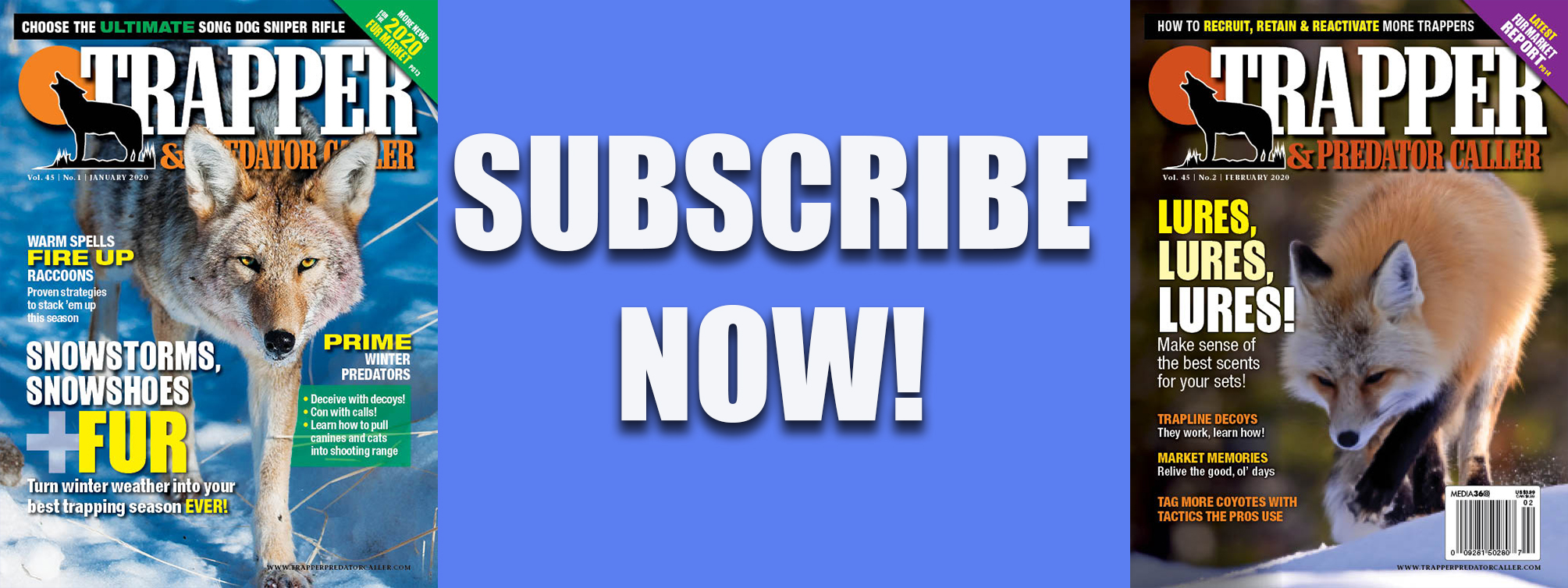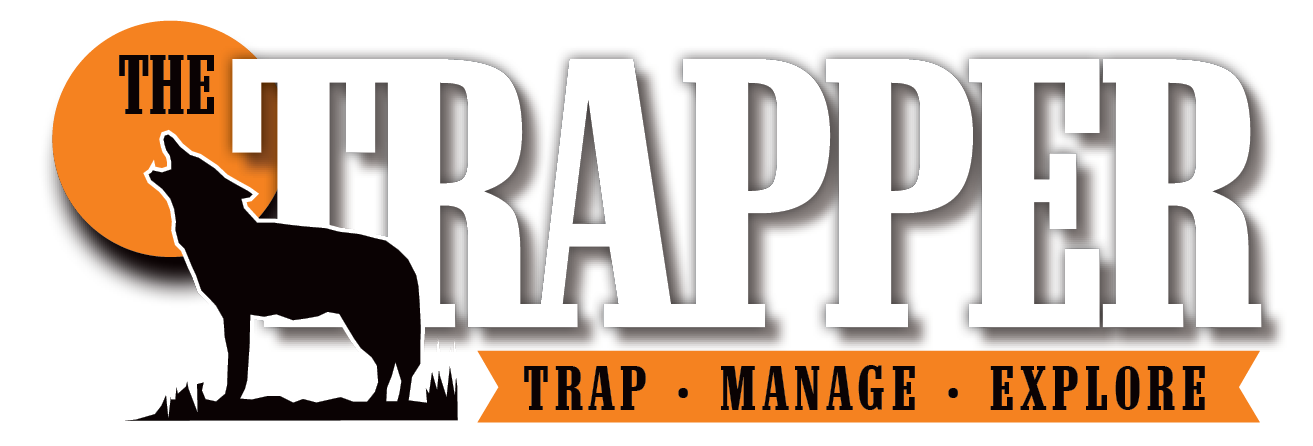If you have followed this fur market report for a while, you are well aware of how tough the conditions have been in the fur world. After a spectacular year in 2013, with record prices for almost every species we trap, we began a descent caused in great part by a world over-production of ranch mink, a flooding of the retail market (the “demand”) by an over-production (the “offer”) of ranch mink that at one point reached around 100 million skins produced in a single year.

Trapper & Predator Caller fur market expert Serge Lariviére
Yes, you read that right: 100 million ranch mink skins produced within a single calendar year all over the world because it was extremely profitable. To make things simple, the cost to raise a ranch mink in the United States was between $35 and $40 per skin, and some of the skins sold for more than $100 each. The math was simple: you double your money within one year, so what do you do? You expand your operations, produce more mink, and capitalize on the trend while it lasts.
This actually started before 2013, but it peaked in 2013, and by then, everyone that could produce mink was raising mink and making money. The end product, the skins, were going to the booming Chinese economy, and every new “rich family” wanted to enjoy the luxury goods and display wealth — and mink fur fit that bill perfectly. Every rich Chinese family wanted a mink coat, maybe several mink coats, and that drove the market up. And when ranch mink sells high, some manufacturers looks for cheaper skins, so they started paying more and more for wild fur, as well. That was when muskrats went for more than $10 apiece, foxes at $50 to $60, martens more than $100, etc.
But when market saturation occurred, things slipped downward. No one could afford $100 mink skins anymore, so prices started to fall. For a while that was not too bad, but eventually, prices for ranch mink fell below production costs: You paid $30 to raise a mink, only to sell it for $25. Ranchers started slowing down, some remained in the game hoping for a return of exceptional prices, and those who did not adjust fast enough lost their business. The ranchers that remained had to operate extremely efficiently, have low feed costs, have cheap labor and be debt free. Not everyone was in that boat and the ranching community started to shrink. And shrink it has since then, all of the way until today when production is now estimated at falling below 30 million skins, next year’s forecast falling below 25 million, and after that, well, if prices don’t turn, who knows what will remain.
What this means for the wild fur world is that buyers can now purchase a top-quality ranch mink the size of a river otter pelt for $15. So, why buy river otter, wild mink or even muskrats? The crash of the ranch mink has led to the crash of wild fur, especially for products that “resemble” ranch mink, mainly water species and short-hair fur. Long-hair skins, such as coyotes, avoided the crash because their final usage as trim on parkas, did not compete with ranch mink and could not be replaced by ranch mink. But, the drop in ranch mink made it more appealing for manufacturers to get cheap mink skins instead of dealing with small lots of wild fur with variable put-up, variable quality, variable colors, etc. Simply put, ranch mink pleases the “Walmart” operations, whereas wild fur is a “mom-and-pop-store” product.
The drop in ranch mink prices has hurt the industry badly. Just recently, the largest auction house of wild fur, North American Fur Auctions, has announced that it would not be able to hold a wild fur sale in 2020 because of financing problems. The company has now entered Creditor protection (commonly referred to as Chapter 11 in the United States), which basically means it is no longer able to conduct business as usual. The company, which began as the historically famous Hudson Bay Company (chartered May 2, 1670) dealing wild fur, grew bigger and bigger over time, and really took off when the ranch mink prices started climbing to unprecedented levels in the late 2010s with China going crazy for fur. Simply put, the company reached unprecedented profitability because of ranch mink, and it also died because of ranch mink. The ranch mink business is one based on financing, giving loans to farmers to get started, giving loans to feed kits, giving advances for pelting, and all of this based on financing from banks. When banks start getting nervous about supporting a faltering industry, they impose more restrictions on financing, and the plummeting spiral starts. The story is very complicated, but in a nutshell, financing issues are what killed NAFA.
This whole ordeal happened as trappers were busy harvesting fur in October and November, so many heard the rumors as they were checking traps. Since the official announcement from NAFA, there has been a lot of activity to fill the void. The other auction house of wild fur in Canada, Fur Harvesters Auctions (www.furharvesters.com) has strengthened its position as the only remaining auction house for wild fur, has expanded its services, is actively working to collect skins from trappers that were used to selling their skins via an auction company. Another big player, and likely the largest fur buying company in the United States, Groenewold Fur & Wool Co. (www.gfwco.com) is in the process of expanding its operations in Canada. Several local buyers will also experience increased business as the 20,000 trappers that historically shipped to NAFA look for a new place to sell their skins.
The impact of NAFA’s disappearance from the auction world is difficult to evaluate at this time. Undoubtedly, all of the historically loyal shippers to NAFA will have to develop new relationships and find new buyers for their skins. We should all be thankful that options remain, and there is no reason to believe any of this will impact prices negatively. The upcoming battle to acquire new customers may even help trappers, if the competition leads to better prices offered, at least in the short term. But the fall of a giant company in the wild fur world is a sign that times are tough in the fur industry, and that low prices that have been the norm now since 2014 are claiming multiple victims, causing many mink ranchers to quit or go out of business, and now even claiming the company that started it all 349 years ago.
As you begin 2020 looking for a place to sell your skins, be thankful that some folks still exist to buy your skins, and be happy that you can give them your business. Check out your options, but do not expect miracles unless you are selling coyotes or Western bobcats. The dust has not yet settled, but hopefully the worst part is behind us now. Choose an option, give them your business, and thank them for allowing you to continue to be an active player in the fur industry.

